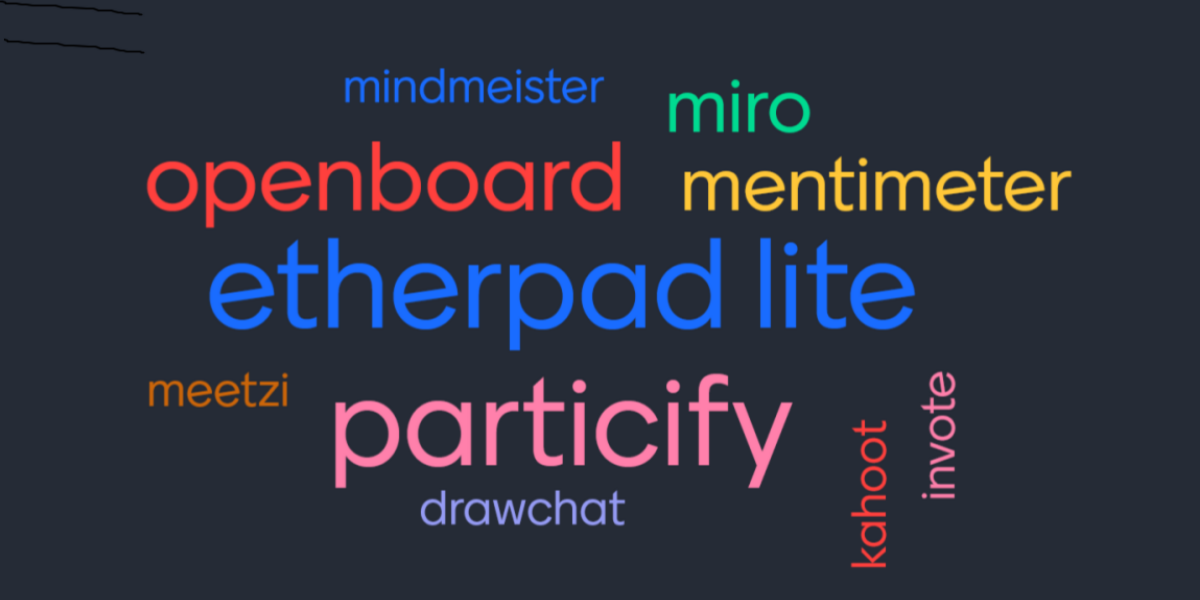External tools

Remember, never use a tool for its own sake. Your teaching/learning goal is in the foreground. You choose the method to match this, and this in turn determines the tool whose use supports the teaching/learning method.
Can I use external tools? What do I have to consider?
If you use free external web services (video conferencing systems, platforms such as MS Office 365, WhatsApp, etc.), data protection problems unfortunately arise (e.g. profiling, which is prohibited under the previous interpretation of data protection when used for official purposes). For this reason, we are unfortunately unable - as things stand at present - to make a recommendation for these services. If an external service does not check an e-mail address, this problem does not exist. Nevertheless, data protection aspects must be taken into account accordingly here (e.g., when using names, contact data, etc.). Furthermore, we cannot offer central support for external services. Furthermore, it should be noted that copyright aspects must also be taken into account when using all digital platforms and tools.
What interaction methods and tools lend themselves to online teaching?
Below you will find various methods and corresponding online tools to support the interaction between your students in virtual teaching.
Usually these tools are free of charge as a basic version and it is sufficient to register with an e-mail address, partly the programs are completely free of charge. On the part of the students no registration is necessary, they only need a link from you, which you can send e.g. in the chat of your used video conferencing system or share via announcement in Moodle.
The programs are usually very intuitive to use, but you should still familiarize yourself with them before the event. In the settings, the rights of the participants occasionally still need to be extended to allow independent work.
- Let your students create documents (term papers, minutes, etc.) together and at the same time. - Etherpad Lite (implemented as an external tool on BTU instance and also integrated as an activity in Moodle).
- Have your students work together on whiteboards. - Webex (whiteboard feature), BigBlueButton (insert blank presentation slide + share commenting feature), draw.chat (browser-based; open source application and bound by the European General Data Protection Regulation).
- A pinboard can be used to design mindmaps, represent process flows or collect data. - Miro Educational license (no work with personal data for data protection reasons)
- Design real-time surveys, such as multiple-choice, scale, or sort questions. Let your students also address questions to you as a lecturer. - particify (spin-off TH Mittelhessen), invote (Netzmanufaktur GmbH in cooperation with TU Dresden), Pingo (University of Paderborn), ARSnovaRUB (Ruhr-Universität Bochum)
- For more quiz character, have your students compete against each other. - Mentimeter (Swedish company), Kahoot (Norwegian company)
